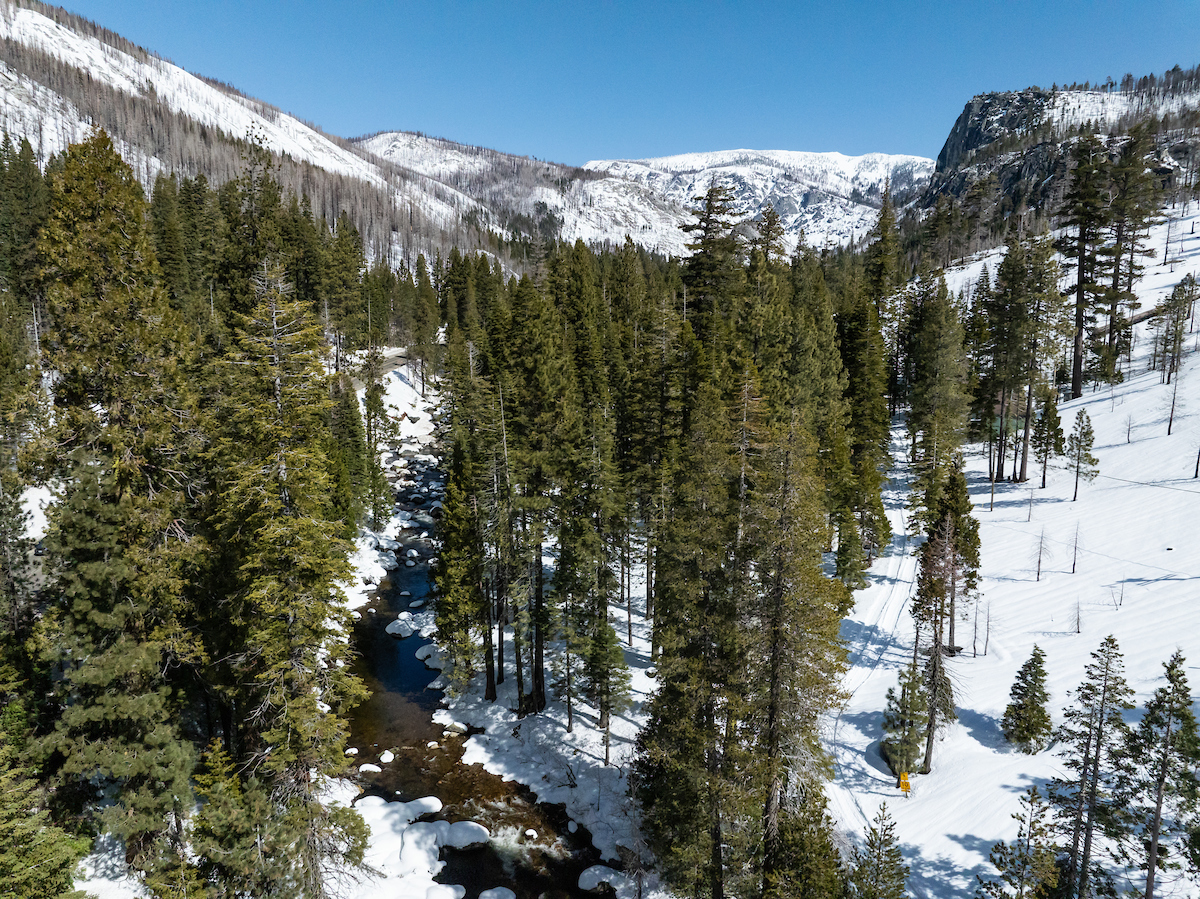In the October issue of Estuary Magazine: Breaching Season in Sloughs & Marshes Fog Cool for Oysters Weathering Climate Extremes...
At the October meeting of the Delta Stewardship Council, during the Lead Scientist report, Dr. Laurel Larsen spotlighted an article...
NOAA Fisheries recovery goals include reintroduction to save the late-migrating fish In drought years and when marine heat waves warm the Pacific Ocean, late-migrating juvenile spring-run Chinook salmon of California’s Central Valley are the ultimate survivors. They are among the...
The San Francisco Bay-Delta is one of the most invaded estuaries in the world, with non-native species now a large...
Late migration of outgoing juvenile fish is a crucial life history strategy for survival of spring-run Chinook salmon during drought...
With mountain snowpacks shrinking in the western U.S., new Berkeley Lab study analyzes when a low-to-no-snow future might arrive and implications for water management. By Julie Chao, Berkeley Lab Mountain snowpacks around the world are on the decline, and if the...
Written by Elyse De Franco Writing in the June 2021 issue of San Francisco Estuary & Watershed Science, a group...
At the September meeting of the Delta Stewardship Council, Delta Lead Scientist Dr. Laurel Larsen spotlighted an article on salmon...
The Montezuma Wetlands Project is a multi-phase restoration project that uses dredged sediment to raise elevations in diked, subsided baylands to restore ~2,000 acres of a tidal wetland ecosystem. This project is unique, as it receives most of its revenue...
Written by Elyse DeFranco The toxic effects of insecticides sprayed on Delta farmlands don’t stop at the pests they seek...
The loss of most ecosystems in the Bay-Delta has heavily compromised the functioning of the remnant ecosystems, which are anticipated...
Written by Robin Meadows Like other islands in the central Sacramento-San Joaquin Delta, Bacon Island has subsided below sea level and is encircled by a levee to keep the water out. “All it takes is one bad spot in a...
The Delta Stewardship Council, with the assistance of partner agencies and consultant AECOM, developed a climate change vulnerability assessment for...
Written by Nate Seltenrich, Estuary News Group The creeks are desert-dry, the reservoirs are frighteningly low, and now 150,000 tons...
Chinook salmon have long thrived in California’s variable climate, including prolonged drought periods, by utilizing the historical Delta’s vast habitat mosaic and their adaptable life history. However, changes to the estuary from reclamation and development as well as climate change...















